
Research for Your Niche
Effective keyword research is the backbone of SEO and paid advertising success—helping your business attract the right customers online. Follow this practical guide using free, easy-to-use tools to uncover keywords that drive results.
1. Define Your Niche & Goals
Before you begin, list your core products, services, and ideal customer. Knowing your business focus guides the entire process.


2. Brainstorm Seed Keywords
Write down 5–10 broad phrases relevant to your niche (e.g., “health insurance India”, “organic skincare”, etc.). Ask team members or customers for the words they use.
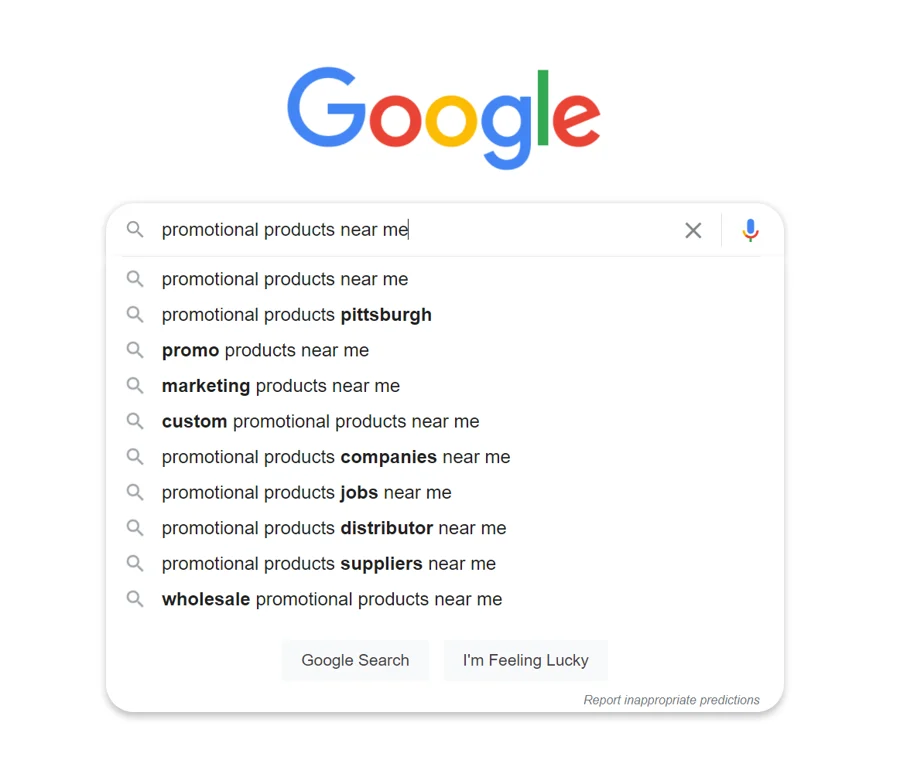
3. Use Free Keyword Research Tools
- Google Keyword Planner: Access Keyword Planner. Find keyword suggestions, monthly search volumes, and competition. Requires a (free) Google Ads account.
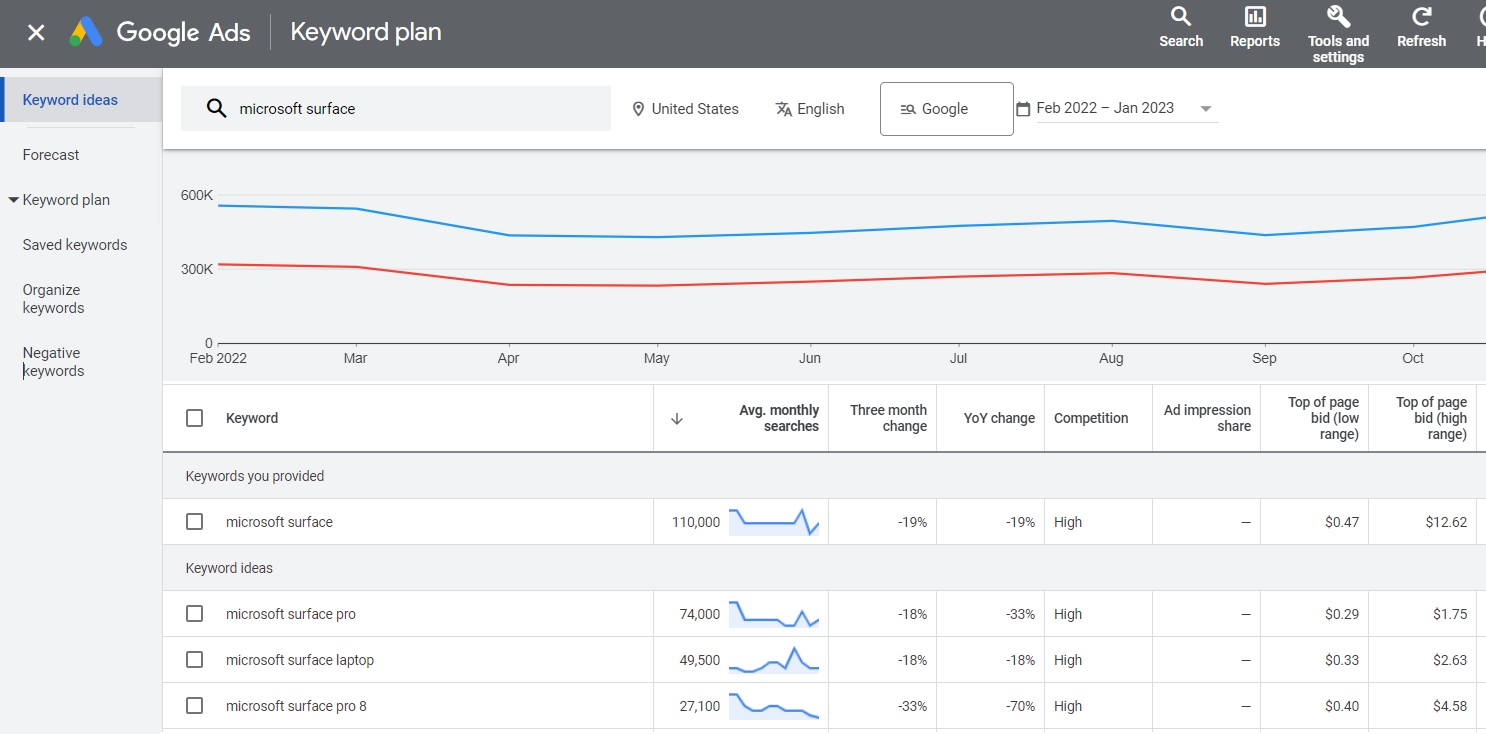
- Ubersuggest: Try Ubersuggest. Instantly see keyword ideas, trends, and competitor analysis.
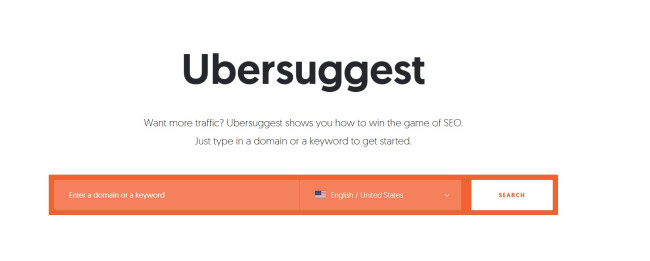
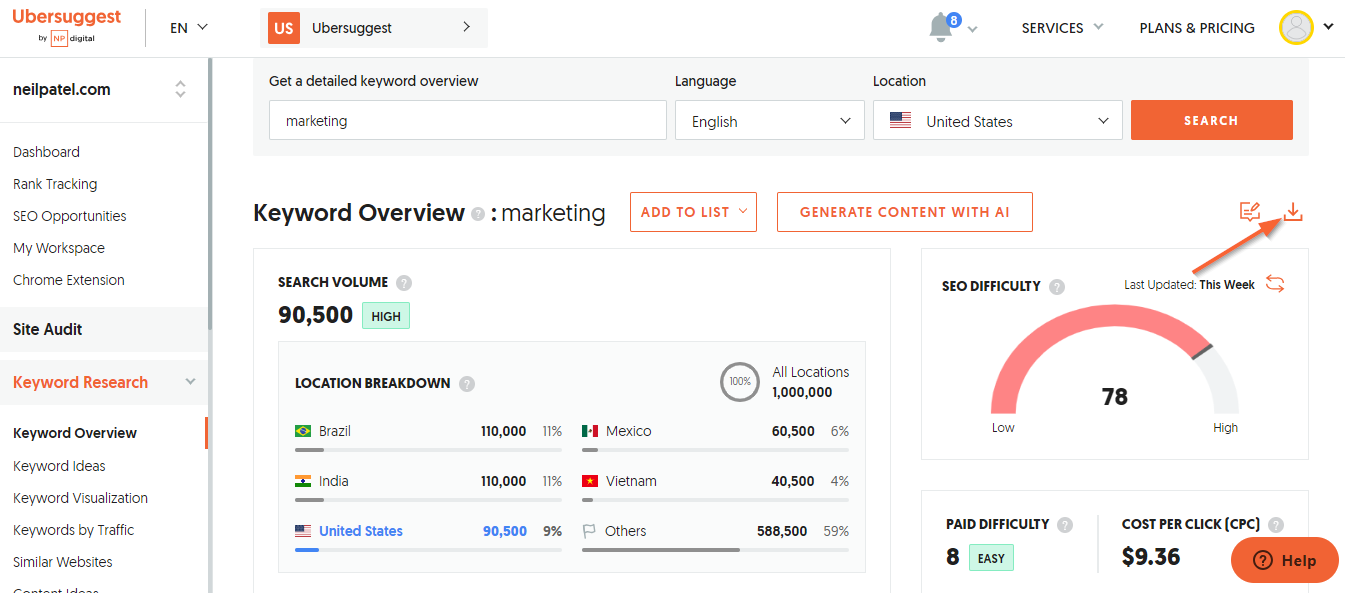
- AnswerThePublic: Use AnswerThePublic to visualize what people are actually searching, including questions and long-tail terms.
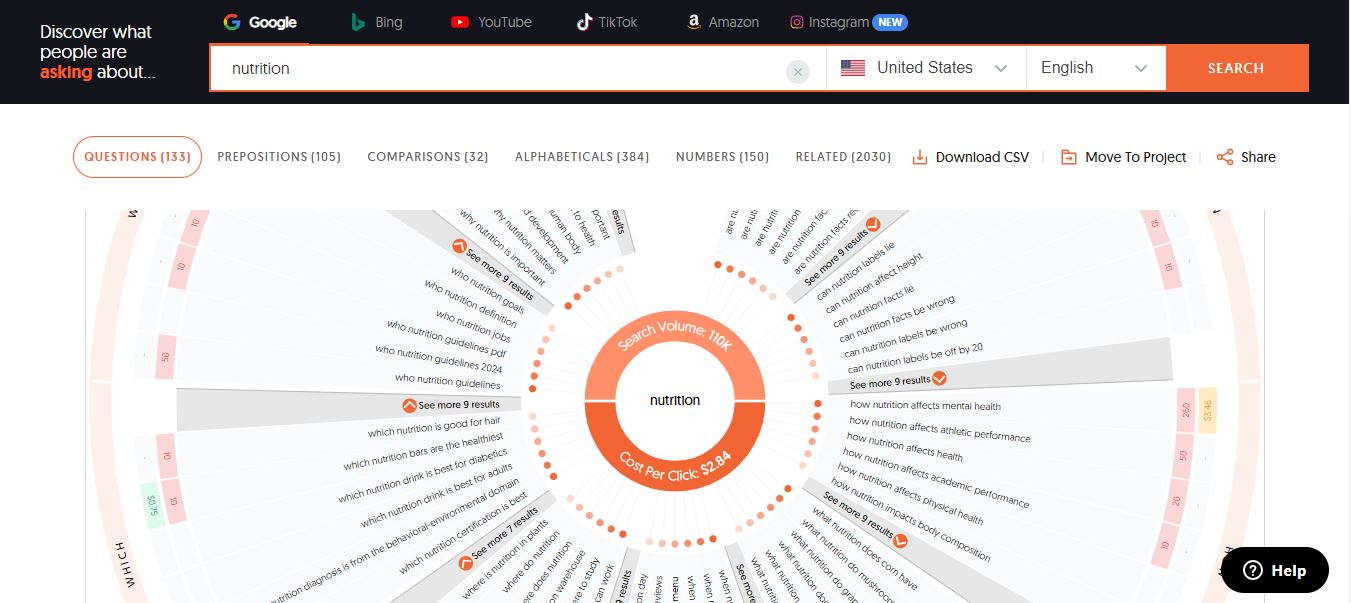
- Ahrefs Free Keyword Generator: Ahrefs Keyword Generator. Hundreds of keyword ideas with search volume and difficulty ratings.

4. Analyze Search Volume & Competition
Check how often people search for each keyword and prioritize terms with solid volume and low-to-medium competition.
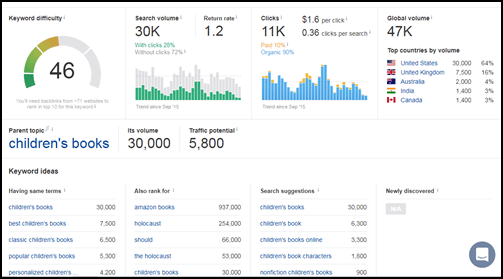
5. Understand Search Intent
Review whether keywords are informational (“how to…”), transactional (“buy… online”), or navigational. Choose a balanced mix based on what your audience is likely to need.
6. Check Competitors
Search Google or use the tools above to see which keywords competitors rank for. Look for untapped opportunities.
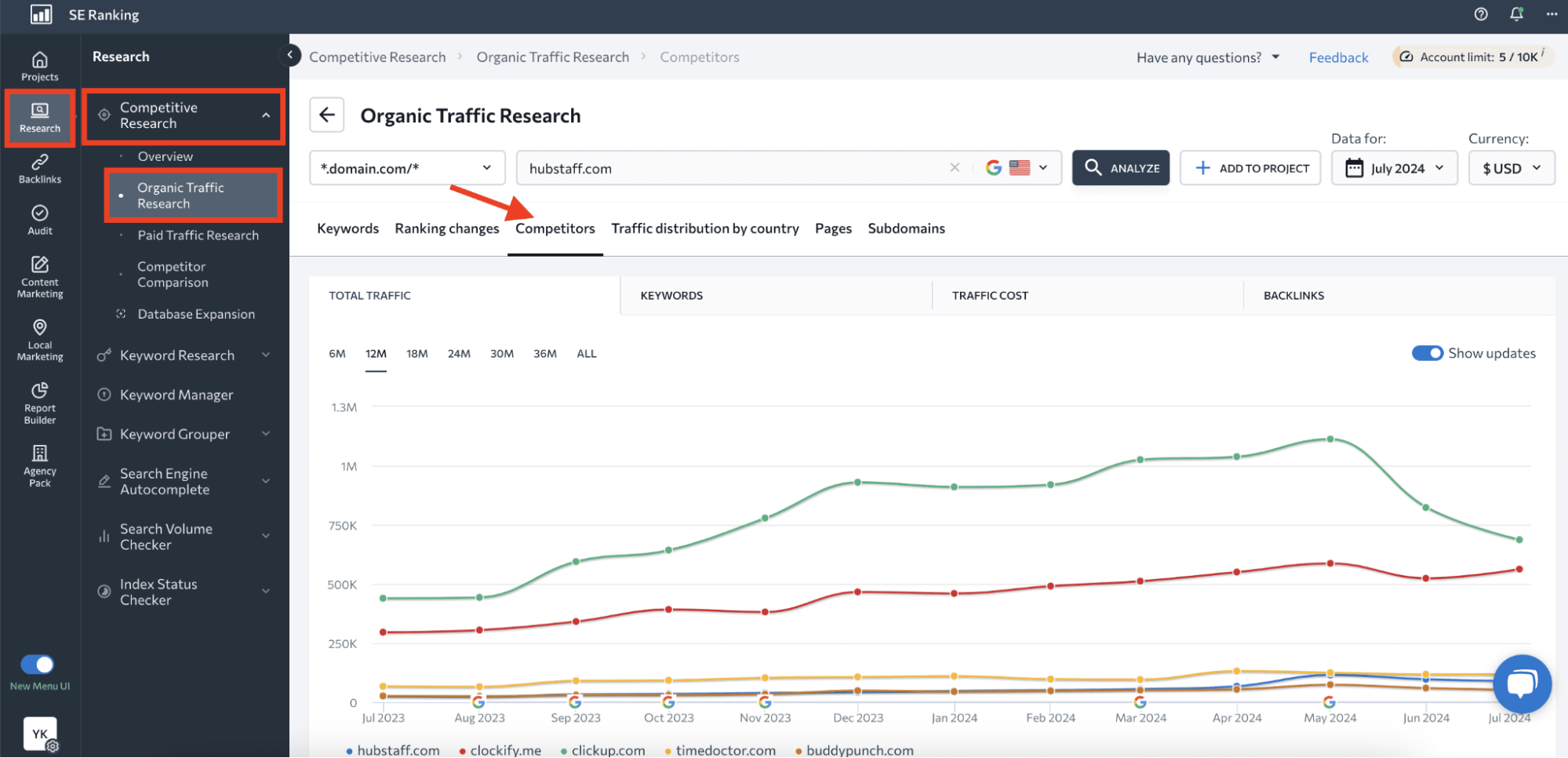
7. Build and Organize Your Keyword List
Create a spreadsheet with columns for keyword, volume, competition, and intent. Group keywords by product/service or buyer stage.
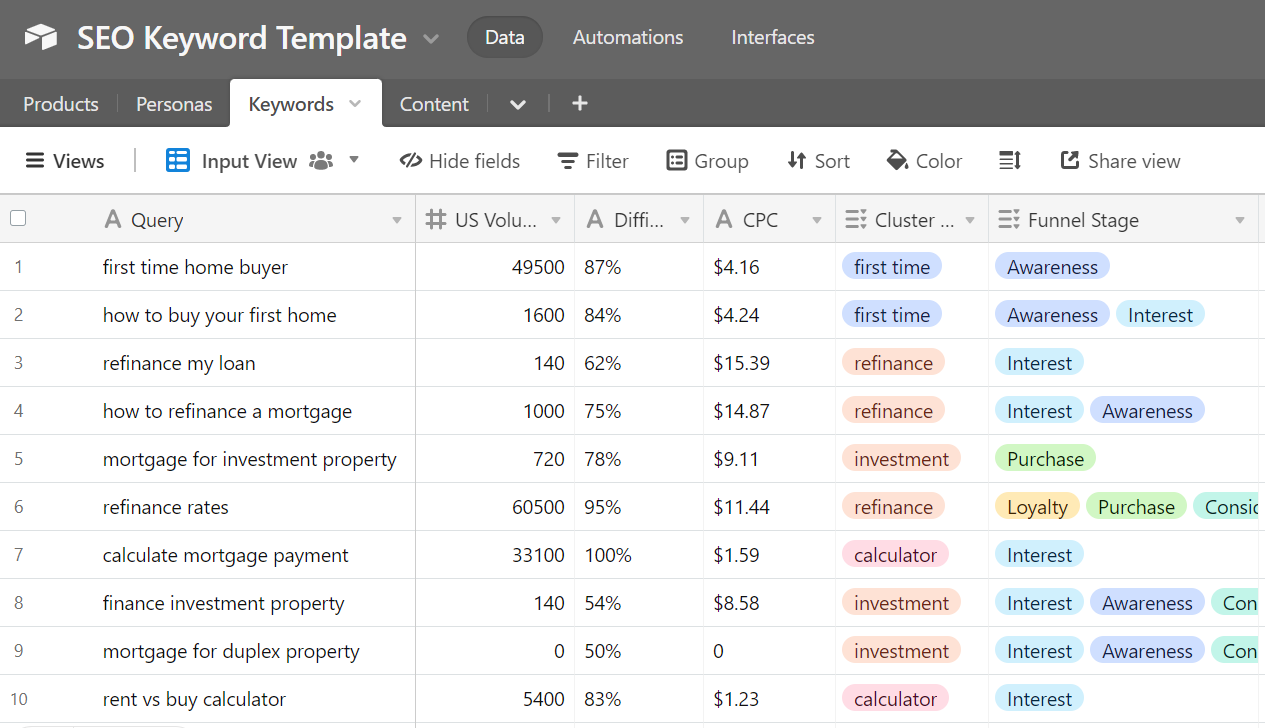
8. Prioritize Long-Tail Keywords
Long-tail phrases (e.g., “affordable dental insurance India”) are more targeted and typically convert better.
9. Map Keywords to Content & Ads
Assign each keyword to a blog post, web page, or ad. This helps plan your content calendar and ad campaigns for maximum impact.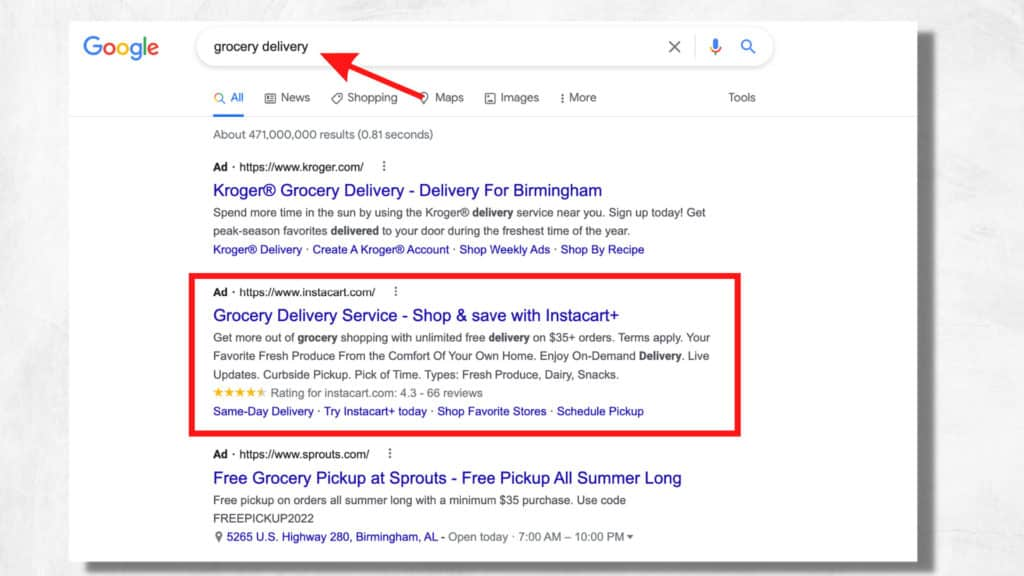
10. Track, Review, and Optimize
Monitor rankings with Google Search Console and review ad results regularly. Update your keyword list every few months for best results.
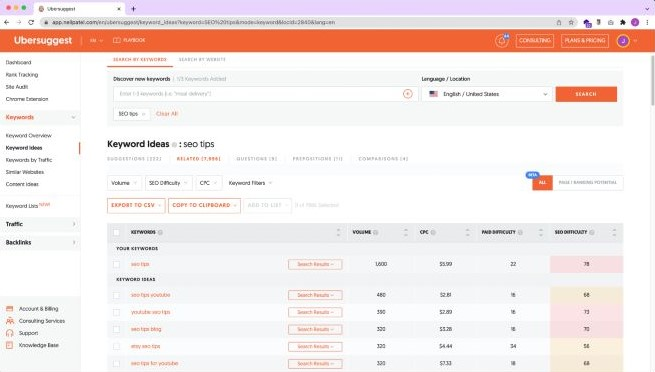
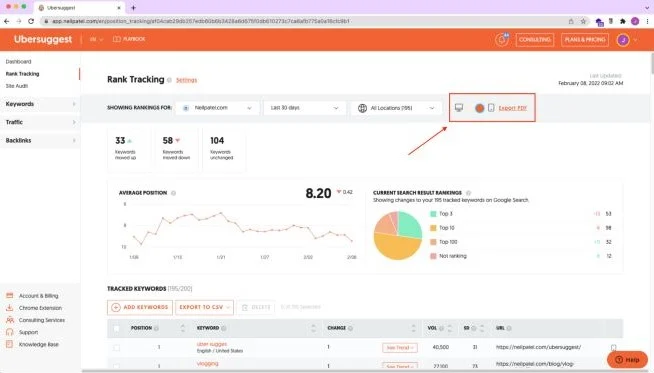
Conclusion:
Keyword research doesn’t have to be complicated or time-consuming—especially with today’s free, easy-to-use tools. By following these steps, you’ll gain clear insights into what your audience is searching for and how to position your business to be found. Whether your goal is to improve SEO, run high-performing paid ads, or both, the right keywords will ensure you’re targeting the people most likely to convert. Start small, stay consistent, and watch your visibility, traffic, and leads grow steadily over time.







